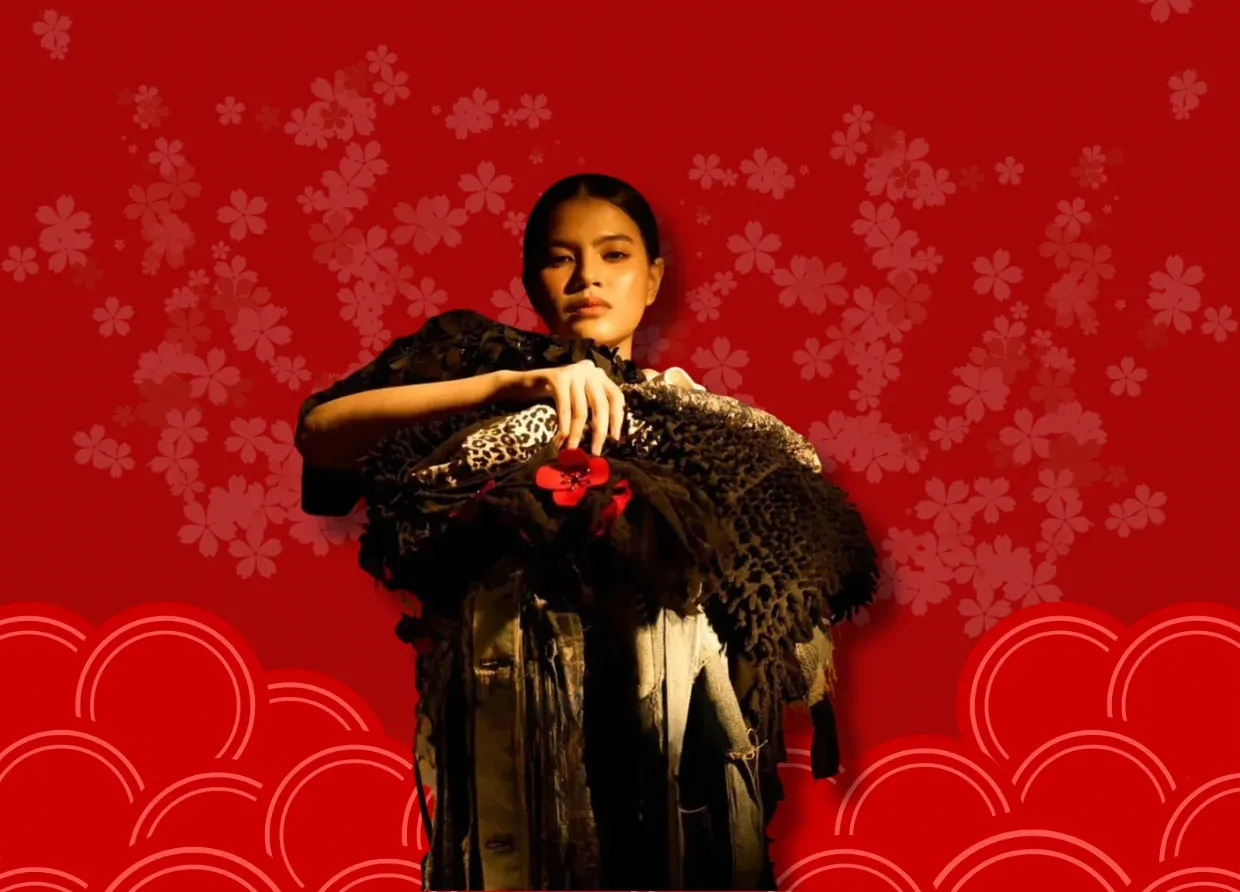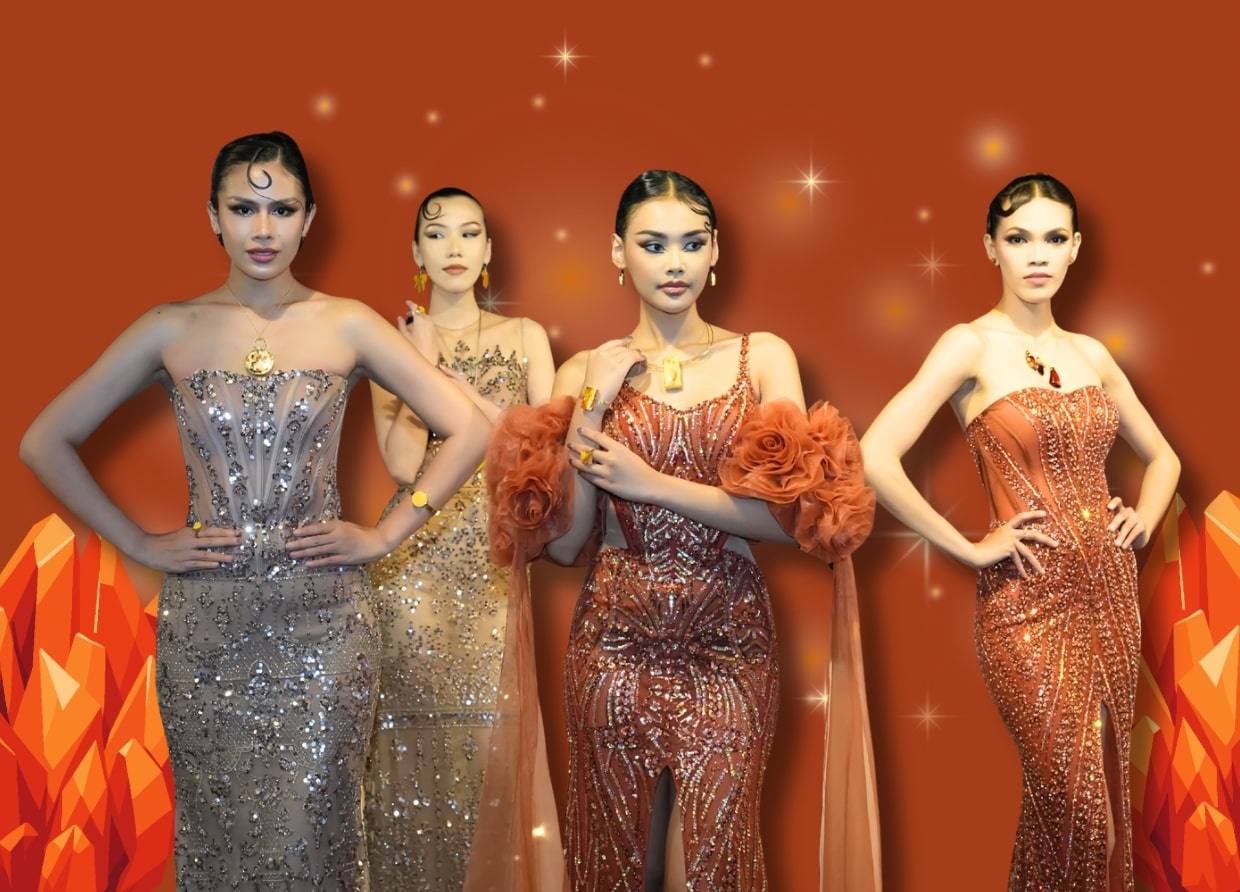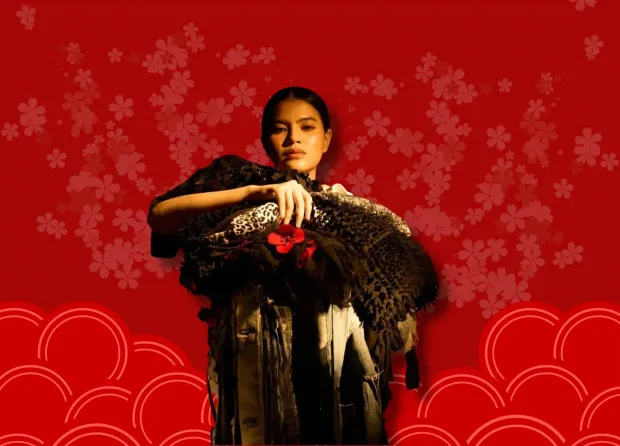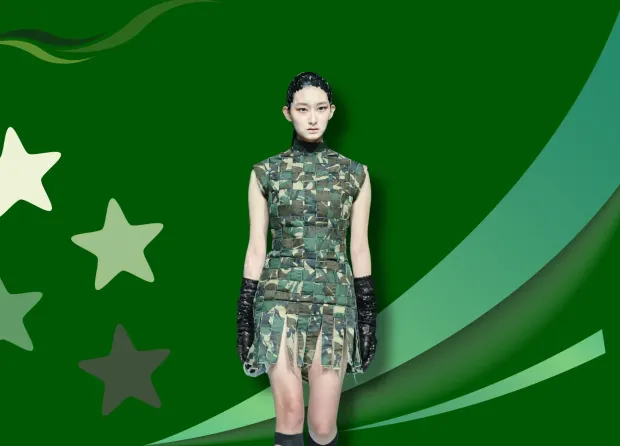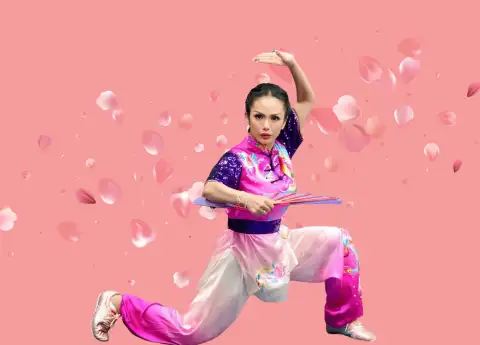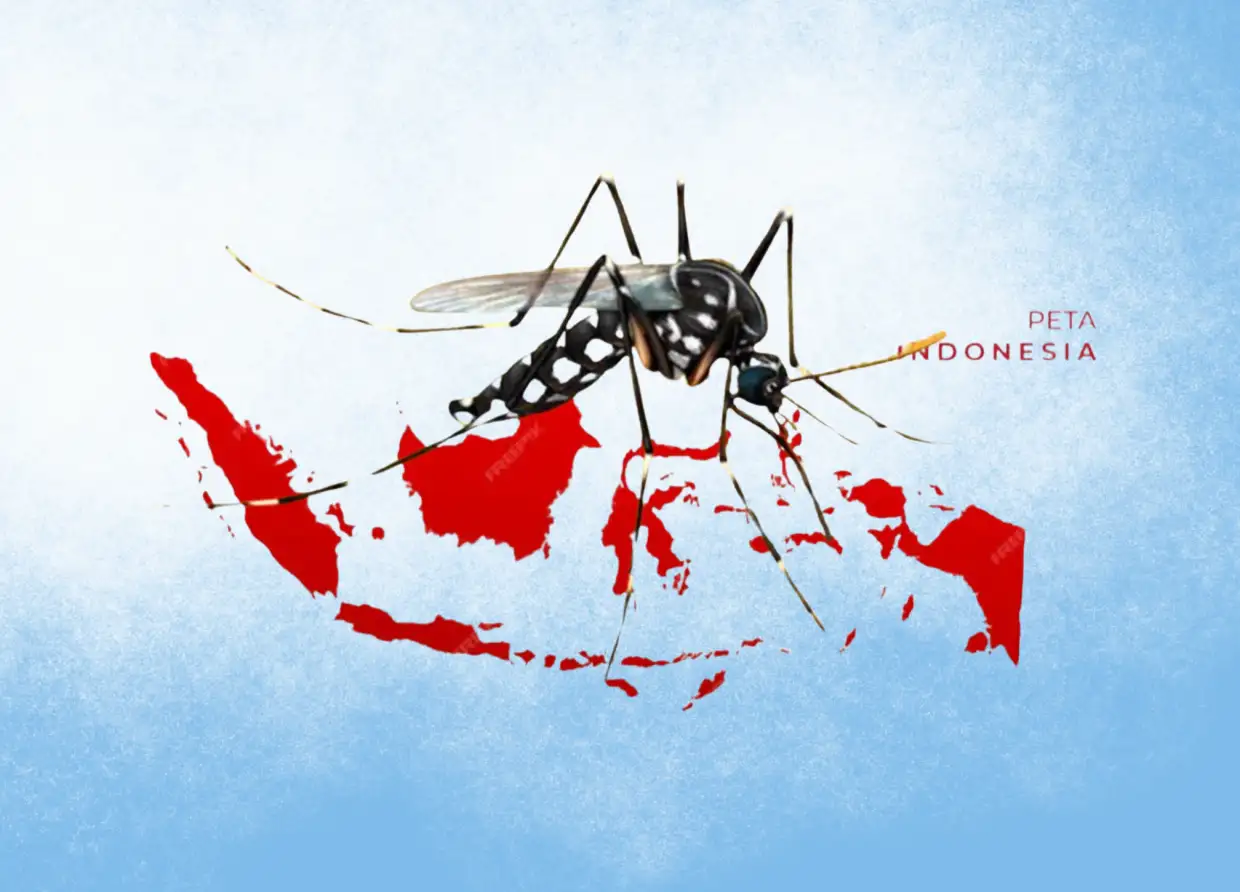PAUL GAUGUIN: THE ARTIST WHO CHALLENGED TIME AND MORALITY
Unraveling the Mystery of Paul Gauguin: Artist, Rebel, or Villain?
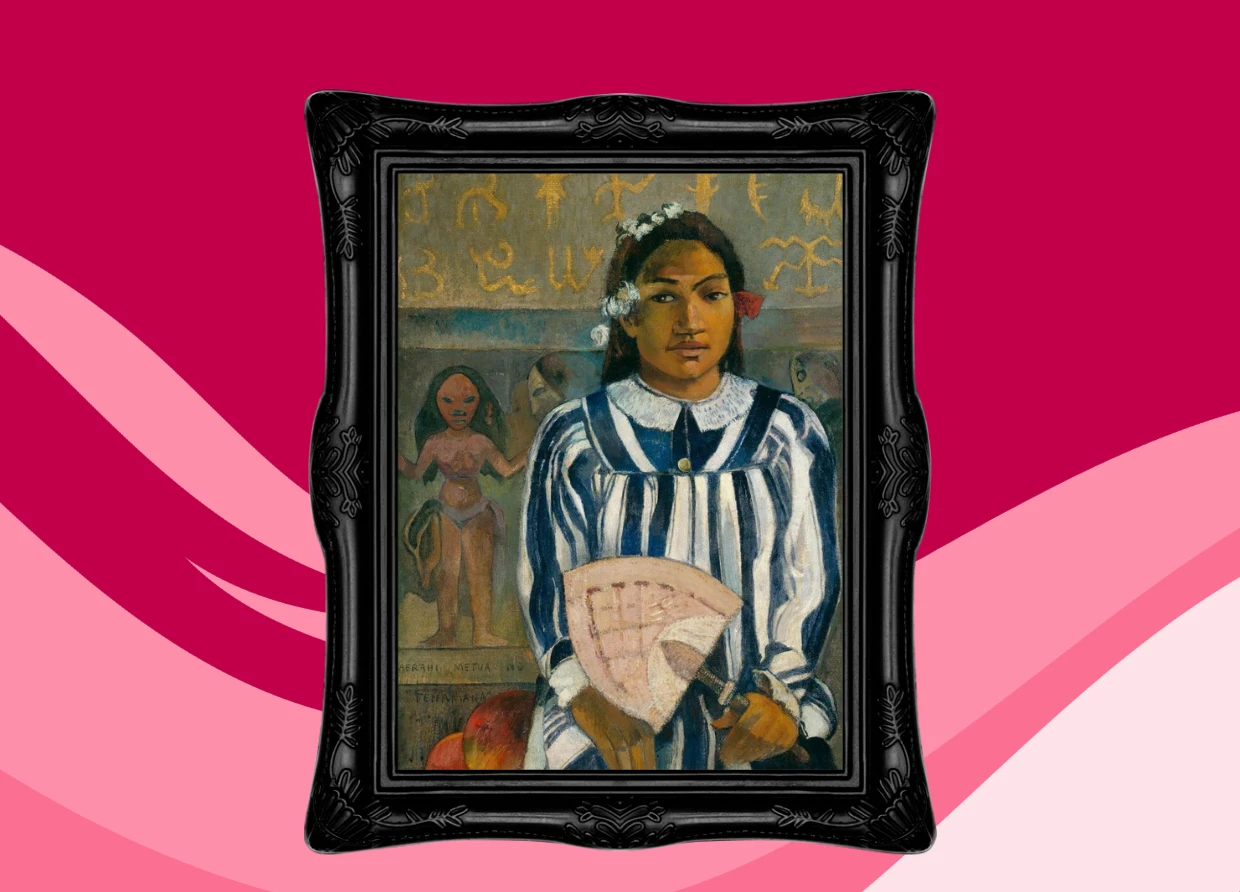
The name Paul Gauguin evokes images of vibrant, dreamlike Polynesian landscapes and mysterious figures wrapped in color. But in recent years, the French post-impressionist has become as controversial as he is celebrated. Accusations of colonial exploitation, predatory relationships, and cultural appropriation have overshadowed his artistic genius. Yet, a new wave of research is rewriting the narrative, revealing a man far more complex than history has painted him.
A Scandal That Shook the Art World
When the National Gallery in London showcased Gauguin’s portraits in 2019, the exhibit ignited outrage. Critics labeled him a colonial predator, with some even calling for his works to be destroyed. But how much of this controversy is rooted in fact, and how much is the result of modern moral judgment applied retroactively?
Author and biographer of Friedrich Nietzsche, Sue Prideaux, found herself at this very crossroads. A long-time admirer of Gauguin’s art, she felt compelled to investigate the truth behind the scandals. What she unearthed wasn’t just a series of revelations—it was a complete reevaluation of one of history’s most divisive artists.
The Myths vs. Reality: A Shocking Discovery
One of the most damaging claims against Gauguin was that he spread syphilis among underage Polynesian girls. However, scientific evidence now suggests otherwise. In 2000, a surprising discovery was made on the island of Hiva Oa, where Gauguin spent his final years. A glass jar containing four human teeth was unearthed at the site of his hut. Upon testing, the Human Genome Project in Cambridge found no traces of mercury, cadmium, or arsenic—common treatments for syphilis at the time. Further medical investigations suggest that the skin conditions Gauguin suffered from were not syphilitic lesions, but rather a combination of eczema and infected insect bites.
As for his alleged predation on young girls, the issue remains morally troubling but historically nuanced. The age of consent in 19th-century France and its colonies was 13 years old, a horrifying reality by today’s standards, yet a legal norm at the time. Records indicate that Gauguin’s most famous partner, Tehamana, was long thought to be 13, but a recently uncovered birth certificate suggests she was actually 15 when their relationship began. Furthermore, his relationships followed the customs of the time—girls were not coerced, and they retained the freedom to leave, as Tehamana eventually did.
Gauguin the Rebel: A Voice Against Colonial Oppression
While history has painted him as an exploitative figure, Gauguin was, ironically, a fierce critic of the French colonial regime in Tahiti. His political writings exposed the corruption of French officials, and his relentless advocacy for Indigenous rights put him at direct odds with colonial authorities. His journalistic work was so inflammatory that Tahiti’s governor sued him for libel. When facing an unfair trial, Gauguin fled to Hiva Oa, only to be welcomed as a hero—not for his paintings, but for his activism.
His legal battle didn’t end there. On Hiva Oa, Gauguin discovered a loophole in French law that helped Indigenous families prevent their children from being forced into French Catholic boarding schools—a system designed to erase Polynesian culture. His efforts preserved the local language and traditions, earning him the respect of the islanders, even as it further enraged colonial officials.
A Radical Visionary Ahead of His Time?
Gauguin’s belief in cultural synthesis, which today is often dismissed as cultural appropriation, was central to his worldview. He saw human civilization as an ever-evolving blend of influences, and his art reflected that vision. One of his most scandalous works, Ia Orana Maria (Hail Mary), depicts a Polynesian Madonna and Christ Child—an audacious reimagining that sent shockwaves through conservative European audiences. Yet, decades later, the Vatican would finally recognize the validity of non-white religious imagery.
His advocacy extended beyond politics and art—his belief in gender equality, heavily influenced by his feminist grandmother Flora Tristan, was revolutionary for his time. Letters and documents reveal that Gauguin actively encouraged women, including his wife, to pursue independence and self-fulfillment.
The Legacy Reconsidered
Paul Gauguin remains a figure of paradoxes—an artist who sought beauty in the exotic, yet rejected the colonial powers that enabled his journey; a man accused of exploitation, yet celebrated for his advocacy; a controversial figure whose works continue to mesmerize. With newly unearthed evidence and a deeper understanding of his life, perhaps it’s time to ask: Was Gauguin a villain, or have we been looking at him through the wrong lens?
As history continues to reassess the lives of once-revered figures, one thing remains certain: Gauguin’s story is far from over.
#THE S MEDIA #Media Milenial #Paul Gauguin #artist controversy #cancel culture #art history #colonialism in art #Gauguin’s legacy #French Polynesia #historical scandals #famous painters #art and ethics #Gauguin biography #Wild Thing book #Gauguin’s relationships #lost manuscripts #cultural appropriation #artistic rebellion #post-impressionism #forgotten history #Gauguin’s influence #art world debates
